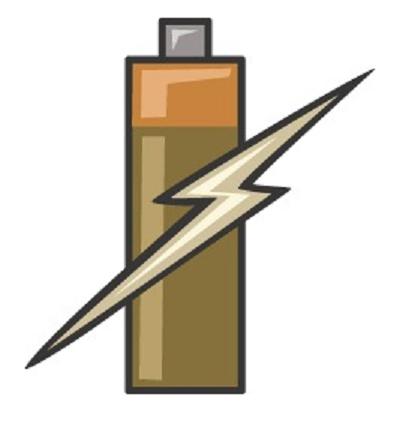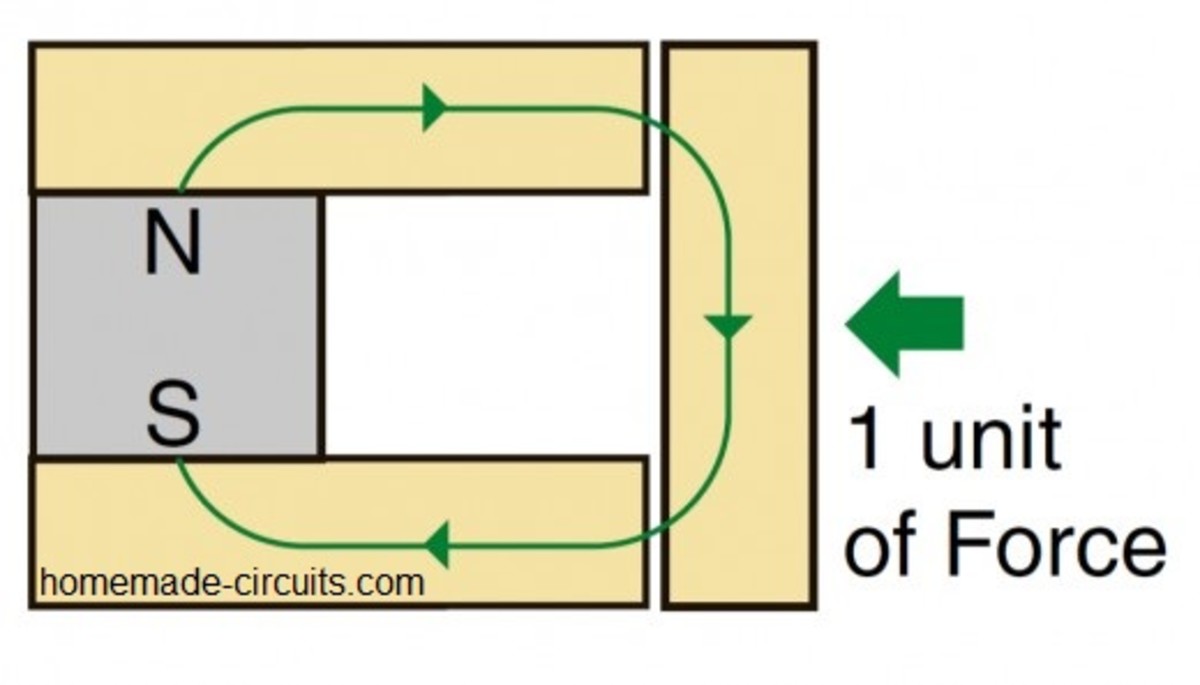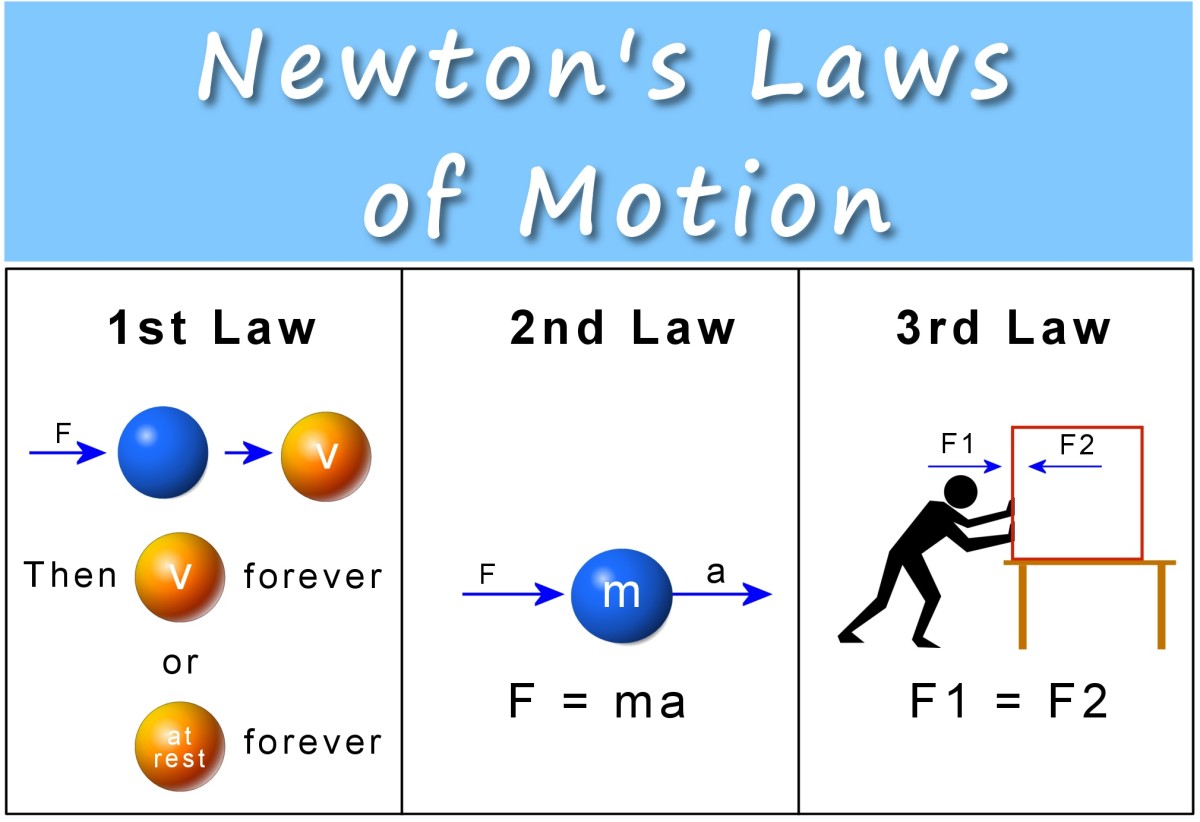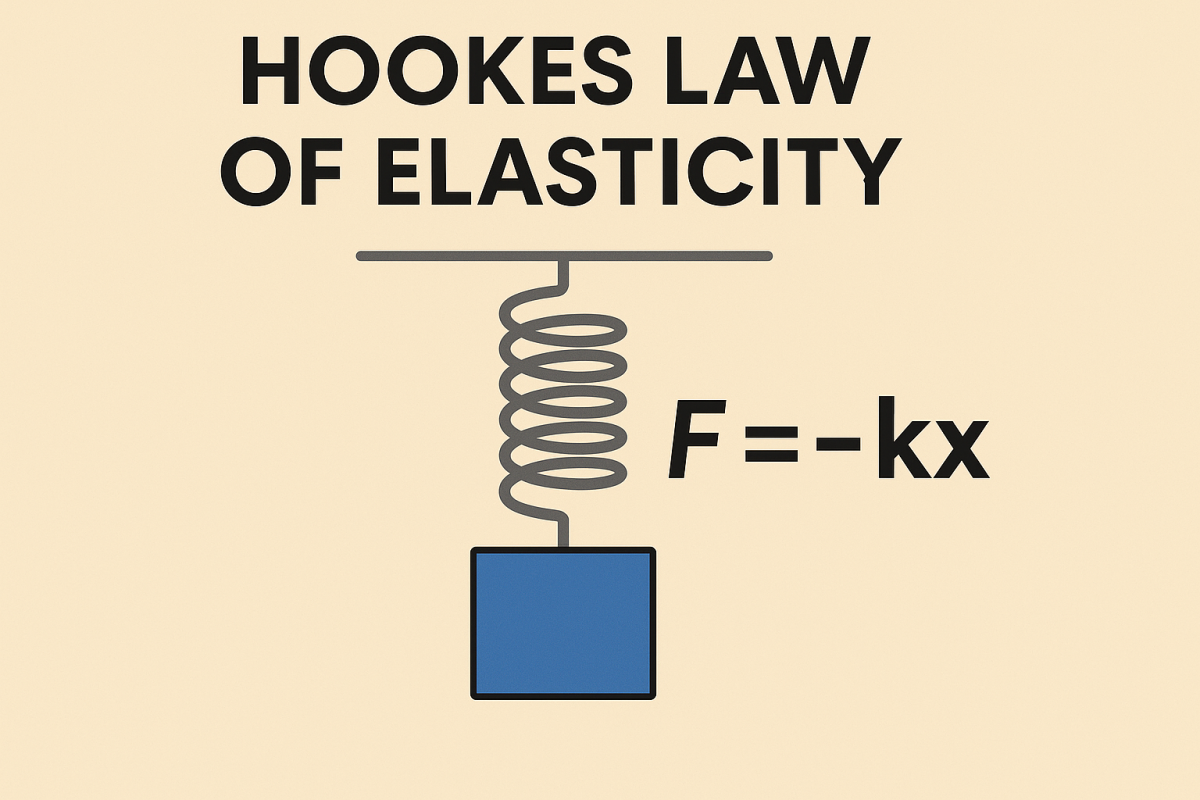Battery Power

By Joan Whetzel
Batteries - from the Baghdad battery, to the Leyden jar, to today's many shapes and sizes of commercially available batteries - have been around in one form or another for centuries. Imagine life now without batteries. Flashlights, cell phones, cars - none of the things that run on batteries would work if batteries suddenly ceased to exist. These wonders of science provide a mobile power source that makes our life easier. So how do these battery types work?
Baghdad Batteries
The Baghdad Battery, discovered in Iraq, was a Mesopotamian invention used to electroplate gold onto silver items. These batteries consisted of 5 inch tall terracotta pots, that contained a copper sheet rolled up around an iron rod to form a cylinder. The iron rod protruded from the copper at the top and was protected from contact with the copper with plugs made from bitumen (a non-metallic hydrocarbon residue obtained from heat-refining of natural substances like petroleum). The jars were then filled with an acidic fluid (i.e. grape juice or vinegar) to cover the copper and iron cylinder, thus producing an electrostatic charge. The Baghdad Battery is not an efficient battery since the acid and metal interaction produces bubbles which in turn creates an internal resistance that severely restricts the flow electrical current.
Leyden Jars
Leyden jars store static electricity between two electrodes, one placed inside the jar and the other electrode positioned outside the jar. The jars are lined, inside and out, with silver foil which has been charged by a friction machine. The inner and outer foil store equal, yet opposite, charges. The jars are filled with water. The foil outside layer stops just shy of the jar's mouth to prevent electrical arcing between jars. The inner rod is electrically connected to the foil on the inside of the jar so that the inner rod will be charged. Combining several Leyden jar "batteries" in parallel increases the overall stored charge. The electrical charge ends up being stored within the glass. Leyden jars are the precursors to today's capacitors.
Today's Batteries
Today, there are many types of batteries of all shapes and sizes available on the market. But they all work on the same basic manner. Whenever the battery is connected to a device, an electrochemical reaction occurs. The batteries, for all intents and purposes, acts something like a can full of chemicals, with one or more electrochemical cells converting chemical energy into electrical energy.
There are two main battery types, primary or disposable batteries and secondary or rechargeable batteries. Primary batteries are intended for single use and then discarded, whereas secondary batteries can be used over and over again.
Batteries are used everywhere in products ranging from wristwatches and hearing aids to smart phones, laptop computers, even hybrid and electric automobiles. They're not likely to go anywhere anytime soon either. As indicated by 2005 estimates, battery usage generates approximately $48 billion in sales annually with an expected increase of 6% each year.









